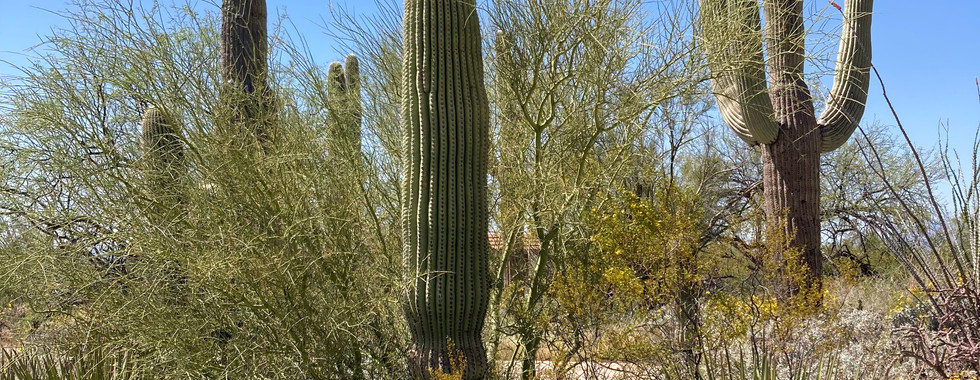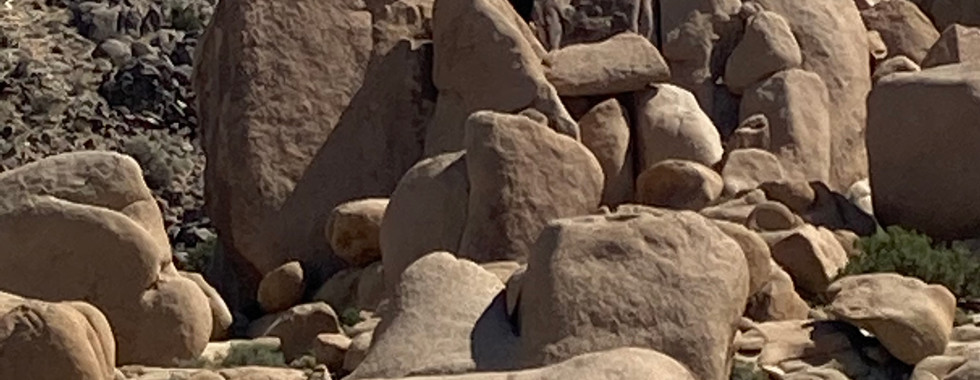Exploring New Deserts
- Peggy Simonsen
- Apr 24, 2022
- 2 min read
“In every walk with Nature one receives far more than he seeks.” – Steep Trails
On a recent road trip through the southwest, I learned a lot about deserts and how different they can be. Previously I wrote about deserts in Wandering the World. But the Sahara in both Morocco and Egypt and the Gobi in Mongolia seem to be a completely different ecosystems than the deserts in the American southwest. Maybe it’s a matter of how much moisture they get, but all are hot and arid. They all have mountains, rocks, sand and dry soil; all have plants that grow very slowly given the conditions.
I have explored some of the Chihuahua Desert in New Mexico, which runs south to Mexico, when visiting my brother and sister in law. It has a lot of vegetation, some of which has carpets of blooms in spring if there is rainfall in winter. It has manzanita shrubs, mesquite and yucca, but not many cacti. Much of it has been grazed which has eliminated many of the native plants. Saguaro National Park near Tucson, Arizona on the other hand, has numerous species of cactus, notably the tall saguaro, which I learned needs to be at least 70 years old before it grows “arms”. The park headquarters has a beautiful garden display of all the types of cactus found in the park, including the saguaro, barrel, cholla, ocotillo, plus Palo Verde shrubs and agave. The park even has scrub oak and ponderosa pines. The area became a national monument in 1933 and a national park in 1994 to preserve the cacti.
We drove a spectacular narrow road to the summit of the Santa Catalina Mountains, with piles of hoodoo rocks weathered for millennia. At the top we came to Mt Lemmon ski area, still with some snow in April. There was no skiing, but with the skyride running round trip for views at 9,125 feet.
Joshua Tree National Park, California is half Colorado Desert which is part of the Sonoran Desert, and half Mojave Desert, and the flora is distinctly different in each. Dominated by creosote bushes and ocotillo cactus, the California desert has piles of granite boulders too. Seeing only a few Joshua trees for which the park is named, we learned that they are prominent as we climbed to higher altitude in the Mojave Desert. Joshua trees, the wild armed, tufted “Dr Seuss” trees, are actually not trees at all but a type of yucca. They host many birds and other critters. Because geological faults crisscross the park, groundwater rises to the surface creating oases, so fan palms and cottonwood trees actually grow on the desert. A local conservationist convinced President Roosevelt to proclaim Joshua National Monument in 1936, and it became a national park in 1994.
What a treasure our national parks are, as Wallace Stegner, Pulitzer prize winning author and conservationist said in 1983, "National parks are the best idea we ever had. Absolutely American, absolutely democratic, they reflect us at our best rather than our worst.”















Comments